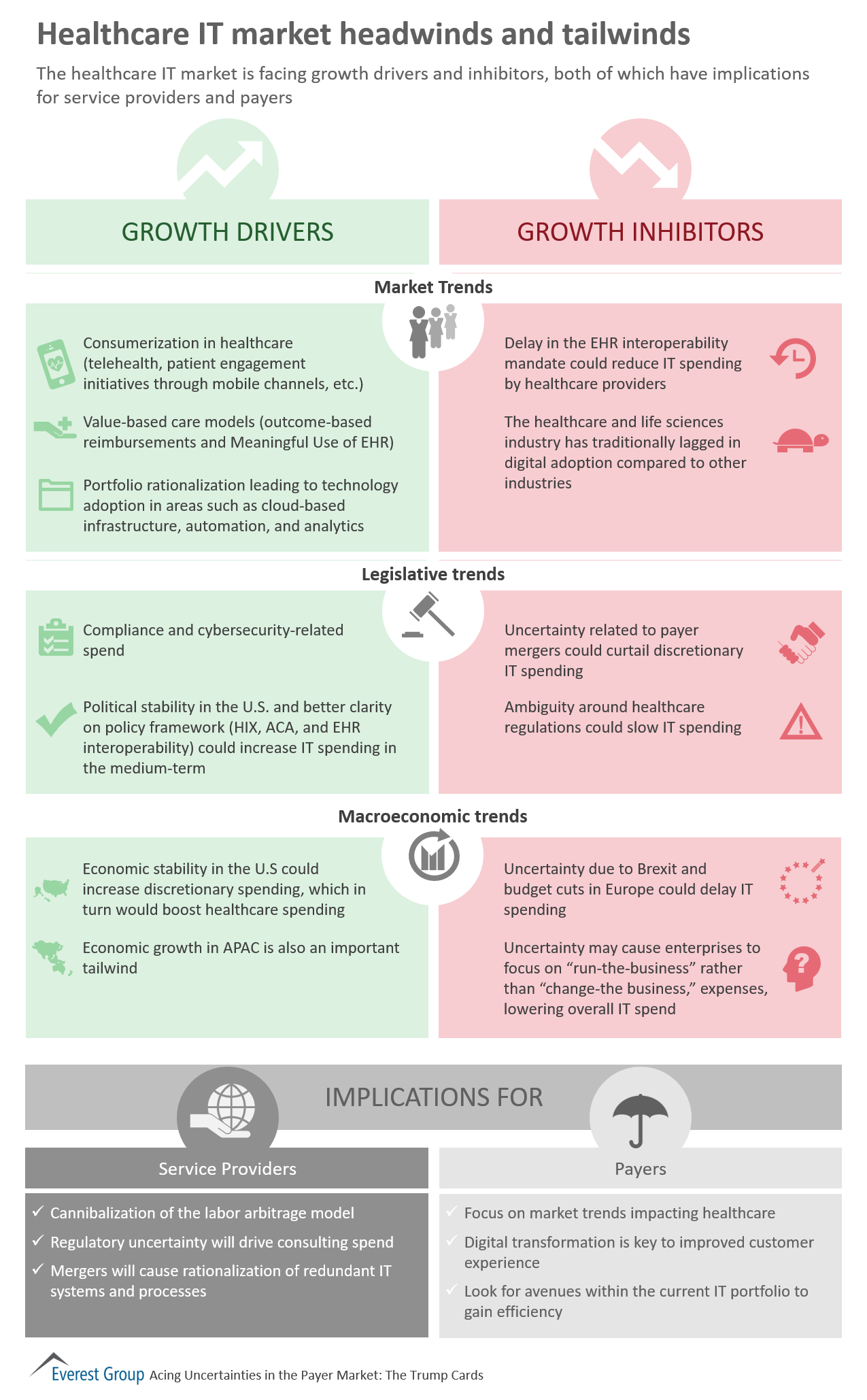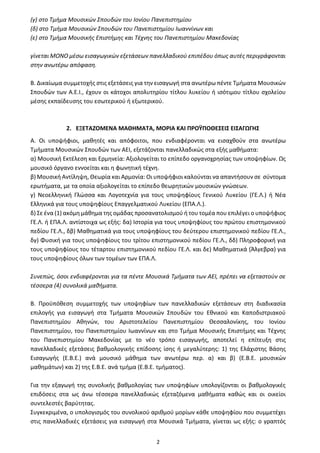China's Impact On BMW And Porsche: Market Headwinds And Strategic Responses

Table of Contents
Economic Slowdown and Reduced Consumer Spending
The Chinese economy, while still growing, has experienced periods of slowdown in recent years, significantly impacting consumer spending. This decrease in disposable income directly affects the luxury goods market, including high-end vehicles. The purchasing power of the affluent Chinese consumer, a key demographic for BMW and Porsche, has been impacted, leading to a decrease in demand.
- Decreasing disposable income impacting luxury car purchases: Economic uncertainty causes consumers to postpone large purchases like luxury cars, opting for more essential expenditures.
- Reduced consumer confidence leading to delayed purchase decisions: Concerns about future economic stability influence purchasing decisions, leading to a decline in sales for both BMW and Porsche in China.
- Impact on sales figures for BMW and Porsche in China: Official sales data reveals a correlation between economic indicators and sales performance, showcasing the vulnerability of luxury car brands to economic fluctuations.
- Analysis of the correlation between economic indicators and luxury car sales: Economic downturns directly translate to lower sales figures, highlighting the importance of economic forecasting for these manufacturers.
- Strategies employed by BMW and Porsche to mitigate the impact of reduced spending: Both brands have implemented strategies such as offering attractive financing options, targeted marketing campaigns focused on value and prestige, and emphasizing the long-term investment aspect of owning a luxury vehicle.
Intensifying Competition from Domestic and International Brands
The Chinese automotive market is no longer solely dominated by international brands. The rise of domestic electric vehicle (EV) manufacturers like Nio, Xpeng, and BYD, coupled with increased competition from established international brands like Tesla, has created a fiercely competitive landscape. These domestic brands are often leveraging advanced technology and appealing to a younger, tech-savvy demographic.
- Rise of Chinese domestic brands like Nio, Xpeng, and BYD: These brands are rapidly gaining market share by offering technologically advanced vehicles at competitive prices, appealing to a growing segment of Chinese consumers.
- Increased competition from established international brands like Tesla: Tesla's significant presence in the Chinese EV market further intensifies the pressure on established luxury brands like BMW and Porsche.
- Analysis of market share changes and competitive strategies: BMW and Porsche are actively monitoring market share shifts and adapting their strategies to maintain their positions.
- Focus on technological advancements and innovation to maintain a competitive edge: Both companies are heavily investing in research and development to stay ahead in terms of technology and innovation, especially in the electric vehicle sector.
- Comparison of BMW and Porsche's competitive responses: Both brands are employing different strategies, focusing on their respective brand identities and targeting specific market segments. BMW, for instance, might focus on a broader range of models, while Porsche emphasizes its sporty image and exclusivity.
The Rise of Electric Vehicles (EVs) and Government Regulations
The Chinese government has actively promoted the adoption of electric vehicles (EVs) through substantial incentives and stringent emission regulations. This push towards electric mobility presents both opportunities and challenges for BMW and Porsche. Meeting increasingly strict NEV (New Energy Vehicle) credits requires significant investment in EV technology and infrastructure.
- Government push for electric vehicle adoption: China's ambitious goals for EV adoption necessitate significant changes in the automotive industry.
- Impact of stringent emission regulations: Meeting increasingly strict emission standards necessitates the development and production of more fuel-efficient and electric vehicles.
- Investments by BMW and Porsche in electric vehicle technology and infrastructure: Both manufacturers have made considerable investments in R&D, manufacturing facilities, and charging infrastructure to support their EV offerings.
- Strategies for meeting NEV (New Energy Vehicle) credit requirements: The companies must strategically plan their product portfolios to comply with the government's NEV credit system.
- Analysis of the success of their EV models in the Chinese market: The success of BMW and Porsche's electric models in China will largely determine their future success in this dynamic market.
Strategic Responses by BMW and Porsche
To navigate these market headwinds, BMW and Porsche have implemented various strategic responses. These responses involve adapting their products and marketing strategies to the unique characteristics of the Chinese market.
- Localized product offerings tailored to Chinese consumer preferences: Offering vehicles specifically designed to meet the preferences and needs of the Chinese market.
- Targeted marketing campaigns to reach specific customer segments: Employing targeted digital and traditional marketing campaigns to reach specific consumer demographics.
- Investment in local manufacturing and supply chains: Establishing local production facilities to reduce costs and improve responsiveness to market demands.
- Partnerships with Chinese companies for technology and distribution: Collaborating with Chinese companies to leverage their local expertise and distribution networks.
- Diversification strategies to reduce reliance on a single market: Expanding their presence in other markets to mitigate the risk associated with relying heavily on the Chinese market.
Conclusion
China's automotive market presents both immense opportunities and significant challenges for luxury brands like BMW and Porsche. Economic headwinds, intense competition, and the rapid shift towards electric vehicles require agile and adaptive strategies. BMW and Porsche's responses, focusing on localization, innovation, and strategic partnerships, will be crucial in determining their future success in this dynamic market. Their ability to adapt to the changing regulatory landscape and consumer preferences will be key to their continued success.
Call to Action: To understand the full complexities of China's impact on BMW and Porsche and their strategic responses to navigate this evolving landscape, further research into the specific strategies of these companies and the broader Chinese automotive market is recommended. Learn more about the evolving dynamics of China's impact on the luxury car market and how these global giants are adapting to this crucial market.

Featured Posts
-
 2026 Wbc Aaron Judges Potential Inclusion On Team Usa Roster
May 11, 2025
2026 Wbc Aaron Judges Potential Inclusion On Team Usa Roster
May 11, 2025 -
 Were They On Holiday Examining The Nine Month Space Mission Report By Cbs News
May 11, 2025
Were They On Holiday Examining The Nine Month Space Mission Report By Cbs News
May 11, 2025 -
 The China Factor Analyzing The Market Pressures On Premium Auto Brands
May 11, 2025
The China Factor Analyzing The Market Pressures On Premium Auto Brands
May 11, 2025 -
 Tzesika Simpson I Fonitiki Tis Texniki Kai I Amfilegomeni Methodos
May 11, 2025
Tzesika Simpson I Fonitiki Tis Texniki Kai I Amfilegomeni Methodos
May 11, 2025 -
 Ufc 315 Fight Card Belal Muhammad Vs Jack Della Maddalena Date Time And How To Watch In Montreal
May 11, 2025
Ufc 315 Fight Card Belal Muhammad Vs Jack Della Maddalena Date Time And How To Watch In Montreal
May 11, 2025
